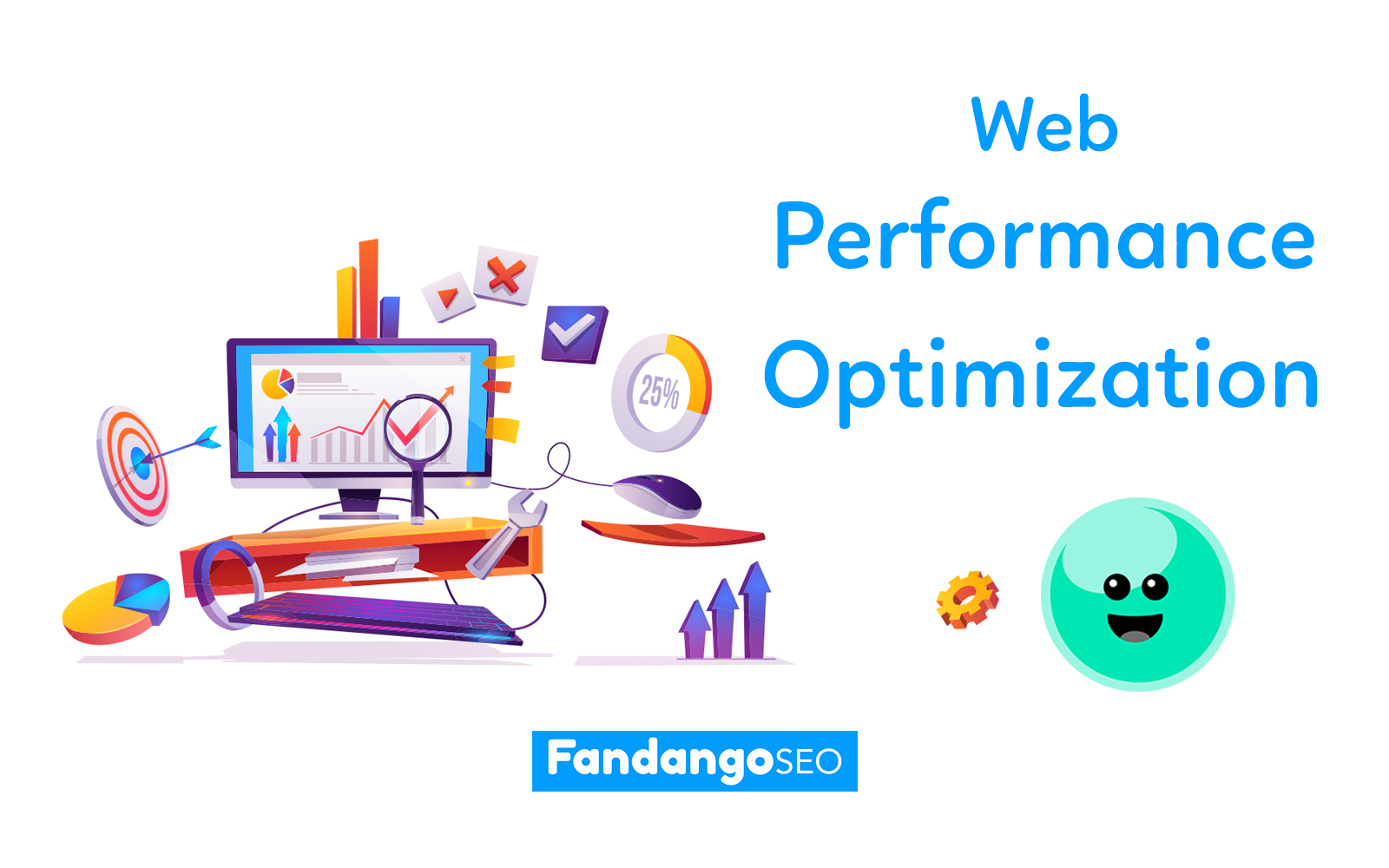JuJu News Hub
Your go-to source for the latest trends and insightful articles.
Speeding Up the Web: Because Waiting is So 20th Century
Discover how to turbocharge your website for lightning-fast performance and say goodbye to loading times—your users will thank you!
The Science of Speed: How Optimizing Web Performance Can Enhance User Experience
The Science of Speed is not just a catchy phrase; it is critical to the success of any website today. Website speed directly affects user experience, and research shows that optimizing web performance can lead to higher user engagement and retention rates. When a site loads quickly, users are more likely to stay, explore, and convert, while slow-loading pages can drive visitors away. According to studies, even a one-second delay in load time can lead to a significant decrease in conversions, underscoring the importance of speed optimization.
To enhance user experience through speed optimization, consider implementing several key strategies. First, utilize Content Delivery Networks (CDNs) to distribute content globally, improving load times for users regardless of their location. Additionally, optimize images and leverage browser caching to reduce the amount of data that must be loaded during a visit. Implementing these techniques not only improves web performance but also positively impacts search engine rankings, further boosting visibility and attracting more traffic to your site.

Top 10 Techniques to Accelerate Your Website and Reduce Bounce Rates
When it comes to improving user experience on your website, one of the most crucial aspects is to accelerate your website. A faster website not only enhances visitor satisfaction but also significantly reduces bounce rates. Here are the top 10 techniques you can implement to achieve this:
- Optimize images by compressing them without losing quality.
- Minimize CSS and JavaScript files.
- Leverage browser caching to speed up load times.
- Use a Content Delivery Network (CDN) to serve content faster.
- Reduce server response time by choosing a reliable hosting solution.
- Eliminate render-blocking resources.
- Implement lazy loading for images and videos.
- Enable Gzip compression to reduce file sizes.
- Regularly update your website platform and plugins.
- Monitor and analyze website performance using tools like Google PageSpeed Insights.
By employing these 10 techniques, you not only enhance the speed of your website but also foster a better connection with your audience, prompting them to stay longer and explore more. Remember, a site that loads quickly encourages users to engage and interact with your content, ultimately leading to higher conversion rates. Adapt these strategies to your online presence to keep your visitors returning and reduce bounce rates effectively.
Is Your Website Slow? Common Pitfalls and How to Fix Them
A slow website can significantly impact user experience and SEO rankings. Common pitfalls that contribute to website slowness include large image files, excessive HTTP requests, and unoptimized code. Large image files can slow down your site if not properly compressed, leading to longer loading times. Consider using tools to optimize your images without sacrificing quality. Additionally, review the number of HTTP requests your site makes; each element, from scripts to stylesheets, can add to the total load time. Reducing these requests by combining files or utilizing CSS sprites can improve performance.
Another critical factor affecting website speed is server response time. Inefficient server configurations can lead to delays in loading your site. Regular maintenance, such as updating your hosting plan or switching to a better provider, can enhance performance. Lastly, don’t overlook the importance of a content delivery network (CDN). CDNs can distribute your website's content across multiple servers worldwide, ensuring that users access the nearest server for faster loading times. By addressing these common pitfalls, you can significantly improve your website’s speed and user satisfaction.